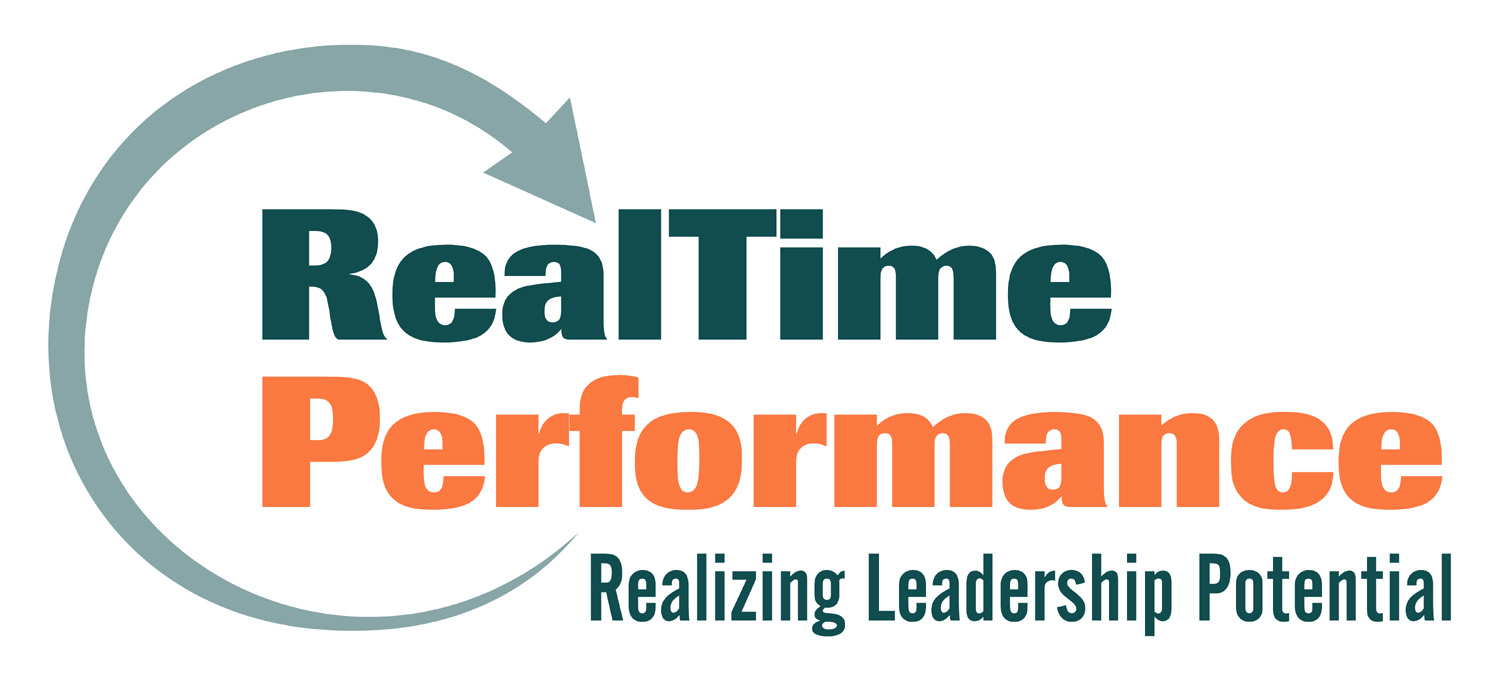Trust can be difficult to define and measure, but there is wide-spread agreement that high levels of trust correlate with high levels of employee engagement. RealTime Performance has done considerable work helping companies define values and identify competencies, and in almost every instance, establishing and building trust is designated a critical component for leadership development and organizational culture. This result holds up across all industries, job functions and leadership levels. There is no doubt that trust is important, but how valuable is trust to employees and to companies?
New research (Helliwell and Huang 2008) has found that a 10% increase in trust is equivalent to a 36% increase in monetary compensation. To get to this result, the researchers took a two-step approach. First, they determined that income has an impact on life satisfaction, no surprise there. Then:
If the influence of income on life satisfaction is significant, then the income-equivalent values of other significant determinants can be measured as the size of the change in income that would have the same well-being effect as a given change in the other variable of interest.
And in this case, the “other variable of interest” is trust in management. Using this methodology they were able to assign a monetary value to increasing levels of trust in the workplace. The results were independently verified using data from three major social surveys.
Let’s consider the staggering implications of this study. If a company is able to increase trust by 10%, it has the equivalent effect on employee life satisfaction as handing-out a 36% raise in salary or bonus. For a company with a $100 million dollar payroll, we’re talking about a $36 million dollar value. In other words, investing in an initiative to build trust has enormous potential.
All of this research begs the question, “how does an organization build trust?” Last week I interviewedRoss Smith, a manager at Microsoft who faced this issue within his 85-person Windows Security Testing group. Ross and his team came up with innovative strategies involving productivity games, wikis, social networking and other Web 2.0 technologies.
What I find most interesting about Ross Smith’s approach is the way he encouraged his team to develop its own initiative for building trust. He did not impose a solution from the outside, rather, he asked his team, “how can we build trust?” thereby involving them in the solution. By taking this strategy he also demonstrated trust in his team, that they would come up with a worthy and valuable strategy.



[…] So one way to increase engagement among employees is help them discover what their passionate about, and then give them the freedom to pursue that work on their own terms.